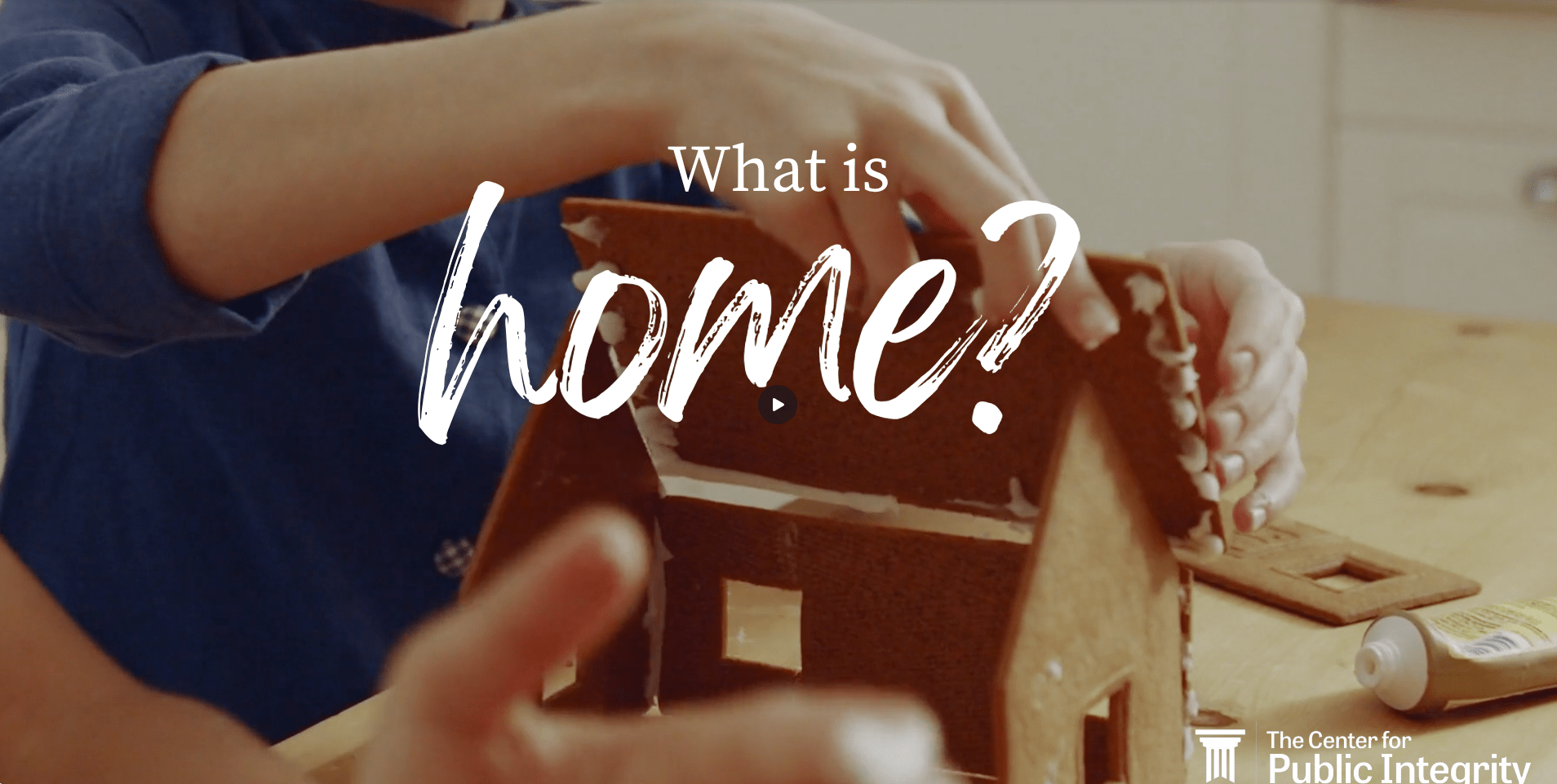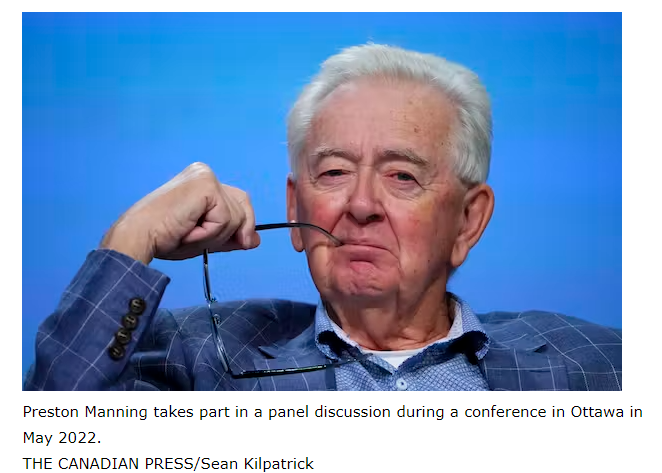One of Leah Mapstead’s favorite things about living independently is decorating her own space.
Her condo offers a unique and adventurous theme in each room, from an African safari living room to an ocean bathroom. But Mapstead’s sense of home goes beyond the physical space of her Phoenix condo, located in a gated community for adults with disabilities.
“Home is not just a place,” Mapstead said. “It’s loved ones, memories, somewhere to feel safe and somewhere you know you can be yourself, no matter what.”
At a Center for Public Integrity event on July 26 — the 33rd anniversary of the Americans with Disabilities Act — Mapstead was one of four storytellers with disabilities who shared what “home” means to them. The stories were followed by a live virtual panel exploring the challenges of finding safe homes for people with intellectual and developmental disabilities.
“What is Home?” was co-sponsored with USC Annenberg’s Center for Health Journalism and State of Mind, a partnership between Slate and Arizona State University.
Amy Silverman moderated the event. Her award-winning reporting last year for Public Integrity highlighted the challenges of finding appropriate homes for people with complex disabilities. Silverman is also the founder of Wordslaw, a platform for storytellers with intellectual and developmental disabilities.
Mapstead is one such storyteller. Her work was featured at the event alongside pieces from fellow Phoenix-area residents Paul Costantini, Hailey Simon and Sophie Stern. Each shared insight into the people, places and things that make up their senses of home.
Costantini described the “paradise” he has lived in since January 2021 — a guest house on his parents’ property. He’s filled it with his own things, creating a space where he can feel secure, comfortable and independent.
“I feel very grown up living here,” Constantini said.
Simon shared a poem about the various homes she’s had, both within fictional worlds and throughout her life. Stern, who is Silverman’s daughter, discussed how one’s definition of home can evolve alongside family milestones, like when her older sister moved away to college.
Addressing the storytellers, Silverman said, “What I love is that each of you took the same theme — home — and you had such different interpretations of it.”
During the panel discussion, Silverman was joined by Becca Monteleone, an assistant professor of disability studies at the University of Toledo; Patricia M. Jones, a person with a developmental disability who has been a member of the Independent Living movement since the early 1990s; and Zoe Gross, director of advocacy at the Autistic Self Advocacy Network.
The disability community faces a lack of accessible and affordable housing, Gross said. Few homes have proper accessibility features — under 1% are wheelchair accessible. There is also no real estate market in the U.S. where a person can afford “safe [and] decent” housing solely with Supplemental Security Income, a government payment program for people with qualifying disabilities and limited income, Gross said.
“Rental assistance isn’t keeping up with demand, so funding affordable housing programs is really important,” Gross said. “Especially programs that help people with disabilities who are leaving institutions or at risk of entering institutions.”
But people cannot rely on policies alone to create equitable housing opportunities, Monteleone said. She believes community members without disabilities are also responsible for making spaces more welcoming and accessible for people with disabilities. This includes trying to anticipate needs like interpreter services or dietary restrictions.
“Rather than forcing people to both explain exactly what sort of accommodations they need and exactly how to achieve them … having some of that work done in advance is one step toward more inclusive spaces,” Monteleone said.
Support systems for the disability community need to start thinking outside the box, Jones said. Current models are too simplistic and don’t take into consideration the unique situations of each person with a disability, Jones said.
“They plan for people who need a lot of support or no support, but they don’t think about what the nuances are of the needs in between,” Jones said.





